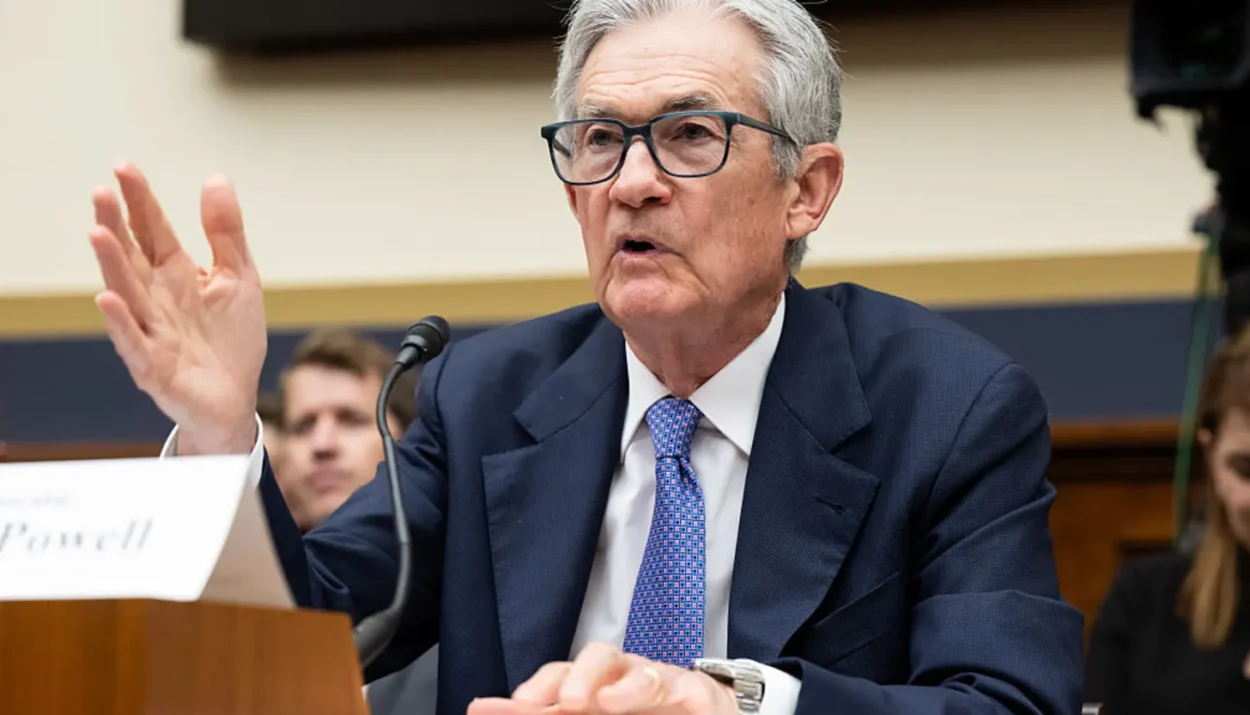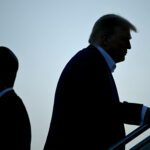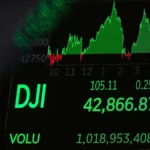Federal Reserve Chair Jerome Powell told Congress on Tuesday that the Fed remains committed to controlling inflation, warning that it’s too soon to assess how President Trump’s sweeping import tariffs will affect prices or growth. While acknowledging that inflation has moderated in recent months, Powell emphasised the need for patience before making any adjustments to interest rates.
“Policy changes continue to evolve, and their effects on the economy remain uncertain,” Powell told the House Financial Services Committee.
Key Takeaways from Powell’s Testimony:
- The Fed held interest rates steady last week, and Powell indicated no urgency to change course.
- Inflation is easing but remains above the Fed’s 2% target.
- Tariffs may cause a temporary price spike but their long-term effect on inflation remains unclear.
- Powell emphasized that near-term inflation expectations have risen, partly due to tariffs, but long-run expectations remain anchored.
- Powell said he expects “meaningful effects from tariffs” to show up in inflation data by June, July, and August. If those impacts don’t materialise, he noted, it could prompt the Fed to “cut rates earlier rather than later.”
“The FOMC’s obligation is to prevent a one-time increase in the price level from becoming an ongoing inflation problem,” he said.
Trump Pressures Fed Ahead of NATO Summit
As Powell testified, President Trump lashed out on Truth Social, accusing the Fed of holding back economic growth by keeping rates too high.
“Europe has had 10 cuts, we’ve had ZERO. We should be at least two to three points lower,” Trump posted. “Would save the USA $800 billion per year.”
Trump’s criticism follows his previous attempts to fire Powell, though a recent Supreme Court ruling reaffirmed the Fed’s independence.
Two Trump-appointed Fed officials—Michelle Bowman and Christopher Waller—broke ranks this week, advocating for rate cuts as early as July. But most of Powell’s colleagues remain cautious, citing uncertainty over the tariff-driven inflation outlook.
Markets Expect Cuts… But Not Yet
Futures markets currently price in only a 23% chance of a rate cut at the July 29–30 meeting, with a much higher likelihood of action in September. The Fed’s own “dot plot” shows a split: nine officials project zero or one cut this year, eight expect two, and just two see room for three.
Powell reiterated that the Fed will base its next steps on data.
“We don’t need to be in any rush, because the economy is still strong,” Powell said. “But if inflation remains muted, we will get to a place where we cut rates sooner rather than later.”
Housing and Confidence Show Signs of Strain
Outside the Capitol, new data offered a mixed picture.
- Home prices are rising, but at a slower pace (2.7% YoY in April vs. 3.4% in March).
- Consumer confidence dropped sharply in June, with the Conference Board’s index falling to 93—well below recession-warning levels.
NAR chief economist Lawrence Yun attributed weak home sales to elevated mortgage rates.
“Lower interest rates will attract more buyers and sellers to the housing market,” Yun said.
Powell is walking a tightrope between Trump’s political pressure, market expectations, and uncertain inflation dynamics. The Fed remains cautious for now, but signals from within suggest a rate cut could be on the table—if inflation stays in check and growth wobbles.
The next big decision will come at the Fed’s July policy meeting. Until then, Powell is betting on patience.
Disclosure: This article does not represent investment advice. The content and materials featured on this page are for educational purposes only.
Related:
Trump rebukes Israel and Iran hours after ceasefire: Latest Updates
Ceasefire “Now in Effect” as Israel and Iran End 12 Days of War — But Deadly Strikes Continue
Trump Announces Ceasefire Between Israel and Iran
Why Oil Prices Plunged and Stocks Rose After Iran’s Missile Attack on US Bases
Markets Brace for Chaos as Strikes, Inflation, and FED: What to watch this week
Iran–Israel–US Conflict Erupts: Nuclear Strikes, Hormuz Threats, and Global Fallout
US-Iran Conflict Escalates After Strikes on Nuclear Sites: What We Know So Far
US Hits Iran’s Nuclear Sites — Iran Strikes Back as War Escalates










